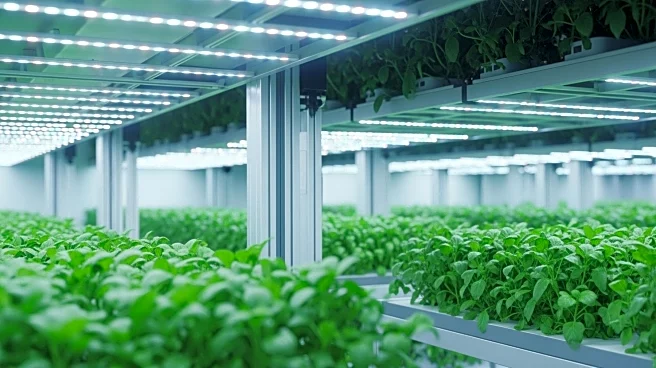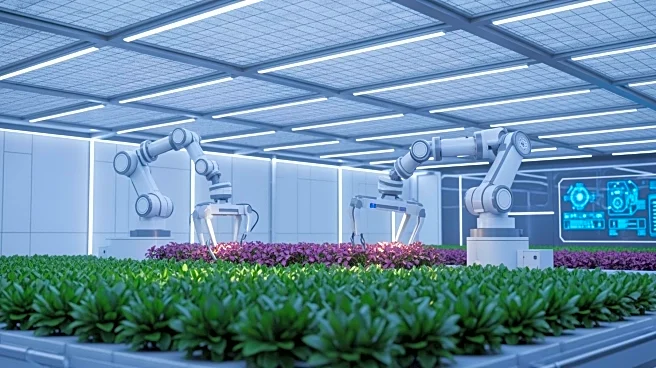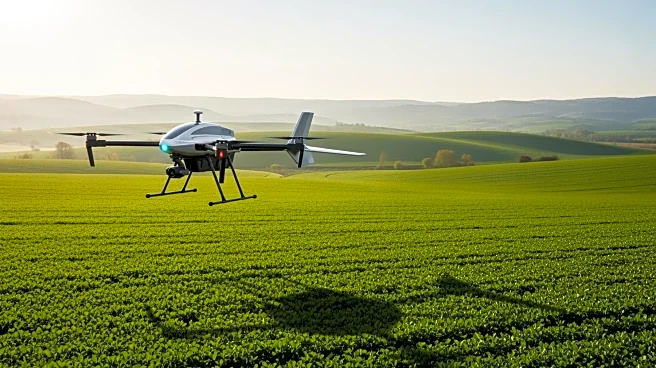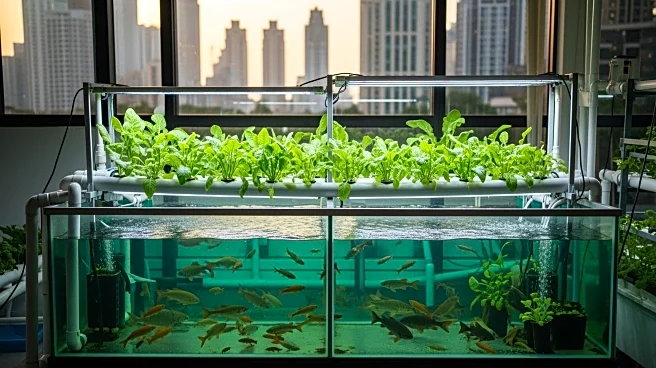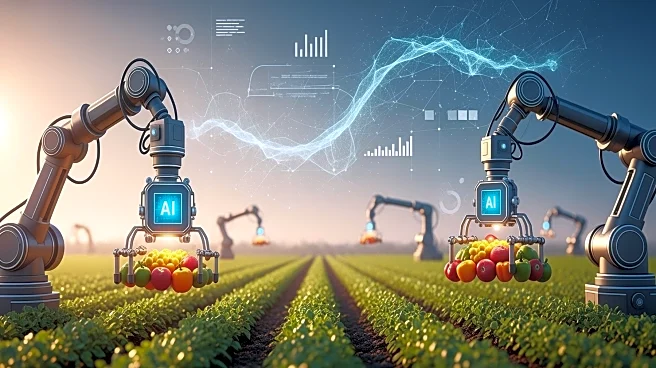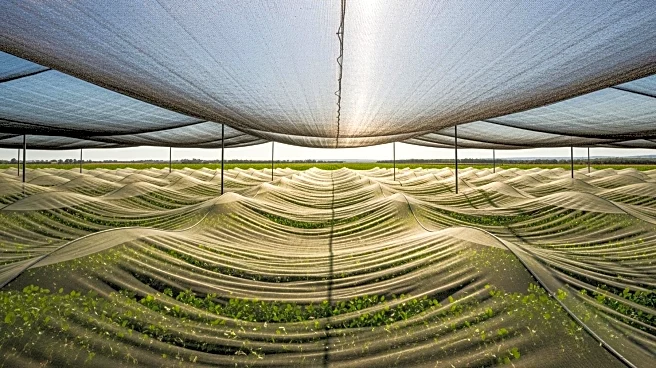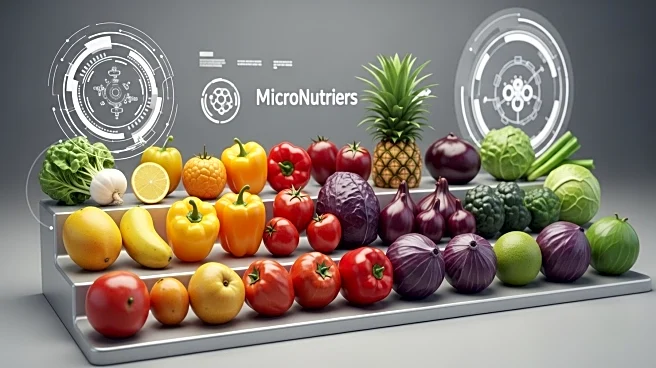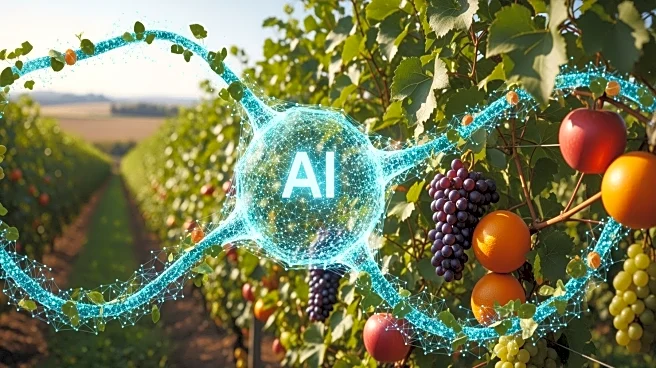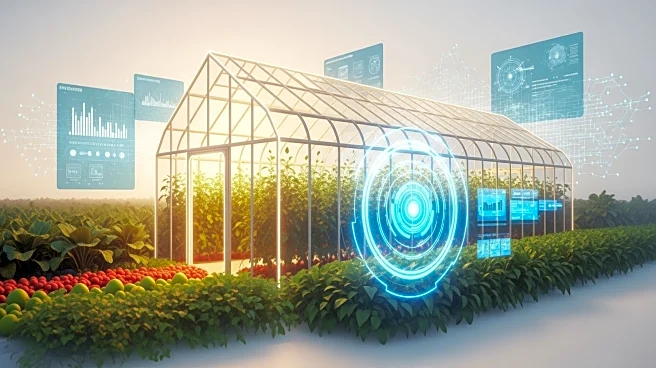What's Happening?
The indoor farming technology market is experiencing rapid growth, fueled by increasing consumer demand for fresh, locally sourced produce and a shift towards sustainable agricultural practices. According to a report by MarketsandMarkets, the global market for indoor farming technology is projected
to expand from $20.3 billion in 2023 to $32.3 billion by 2028, reflecting a compound annual growth rate (CAGR) of 9.7%. This growth is largely attributed to the adoption of controlled-environment farming systems, which include glass and poly greenhouses. These structures are expected to dominate the market due to their ability to provide efficient, year-round crop production. Key factors driving this trend include urbanization, consumer preferences for high-quality produce, and advancements in greenhouse technology such as climate control and automation.
Why It's Important?
The expansion of the indoor farming technology market has significant implications for the agricultural sector, particularly in terms of sustainability and food security. As urban populations grow, the demand for locally produced, fresh food increases, making indoor farming an attractive solution. The use of advanced technologies in greenhouses and vertical farms can lead to higher productivity and reduced carbon footprints, aligning with global sustainability goals. This market growth also presents opportunities for investment and innovation, as seen in the resurgence of private funding and mergers and acquisitions in the sector. North America, in particular, is poised to become a leader in indoor agriculture, supported by government initiatives and a robust ecosystem of investors and technology providers.
What's Next?
As the indoor farming technology market continues to expand, stakeholders can expect further advancements in technology and increased investment in the sector. The focus will likely remain on enhancing energy efficiency and optimizing crop yields through precision lighting and climate control systems. Additionally, the adoption of hydroponics and other soilless farming methods is expected to rise, particularly in urban centers. This growth trajectory suggests that indoor farming will play a crucial role in addressing food security challenges and supporting sustainable agricultural practices in the coming years.
